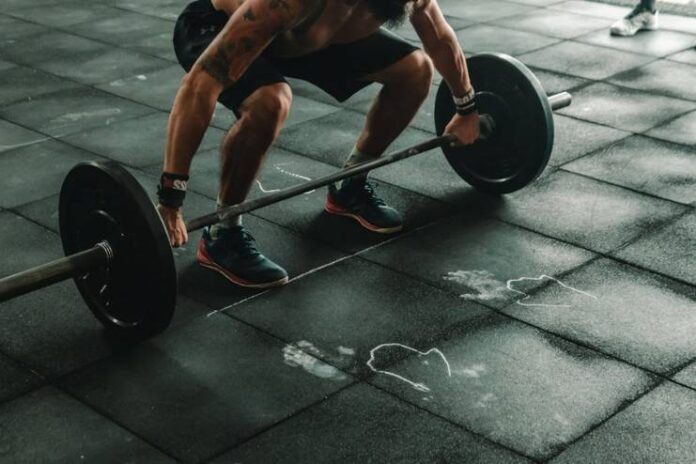Affiliate Disclaimer
Some links in this article are affiliate links. We may earn a small commission if you make a purchase through these links, at no extra cost to you. We only recommend products we find useful to our readersBegin your week with a powerful Monday motivation workout routine. The start of the week lays down a good vibe with a full-body workout, boosting your metabolism and energy.
Exercising multiple muscle groups in one session maximizes efficiency and lays the best possible foundation for a week of fitness and well-being. Let’s get started and make this Monday the beginning of a stronger, healthier you!
1. Warm-Up Routine
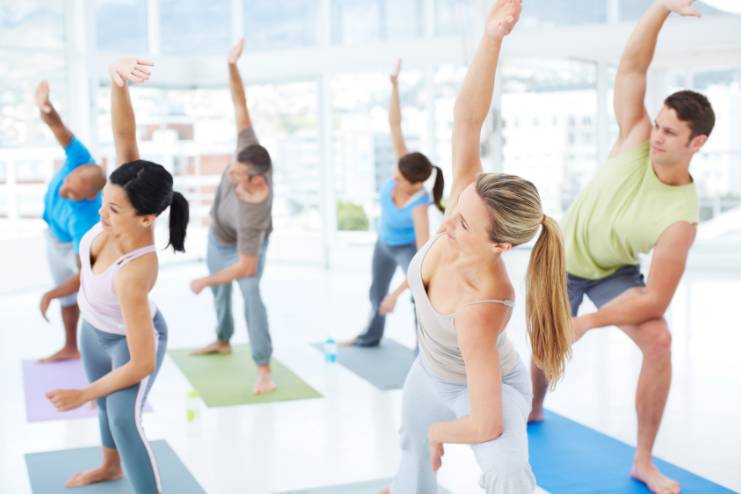
Start with 5 to 10-minute warm-up exercises to prepare your body for a good full-body strength training session, improving blood flow and reducing the rate of injury. It improves flexibility.
- Arm Circles: This is done by standing with feet shoulder-width apart. Extend your arms to the sides and make small circles, gradually moving to larger ones. Perform for 30 seconds in each direction.
- Hip Circles: Place your hands on your hips and make circles as wide as possible. Complete 10 in each direction.
- Leg Swings: Stand next to a wall or some sturdy object to support yourself if necessary. Begin to swing one leg in a forward and backward motion for 10 repetitions. Then do 10 side to side motions. Repeat with the other leg.
- March or Jog in Place: Start with marching in one place, lifting your knees up as high as you can. Go ahead and jog in place for about 1 minute, until your heart rate starts to increase. Next, perform jumping jacks to increase your heart rate and work your entire body. Practice 20 to 30 jumps.
- Jumping Jacks: Then, perform jumping jacks to get your heart rate up and engage your entire body; practice 20 to 30 jumps.
- Inchworms: Stand tall; hinge at the hips; and walk your hands forward into a plank position. Hold for a second, then walk your hands back to standing. Repeat 5-10 times.
- Bodyweight Squats: With feet at hip width, send your hips back down into a seated position, while keeping your back straight and knees behind your toes. Do 10-15 reps for activating leg muscles.
Also, read: 5 Running Gear Essentials: Must-Have Items for Every Runner’s Arsenal
Exercise 1: Squats

Squats work on the quads, glutes, and hamstrings and are foundational for building lower body strength.
- Stand with your feet slightly wider than shoulder-width apart and point your toes slightly outward.
- Start with feet slightly wider than shoulder-width and your toes pointed slightly outward.
- Keep your chest up, back straight, and look forward.
- Push hips backward, knees bent, and lower the body until thighs are parallel to the ground.
- Ensure your knees stay aligned with your toes and don’t extend past them.
- Keep your knees in line with your toes, not extending past them.
- Push through your heels to return to the starting position. Your heels must push you to go back up into the starting position.
- Do 3 sets of 12-15 repetitions, maintaining good form through the exercise.
Benefits:
Squats engage lower body muscles, which strengthen the quadriceps, hamstrings, and glutes, engaging the core for stability and balance. Localized movements will raise your metabolism, in turn making the body burn more calories. It keeps the bones healthy and allows better flexibility, promoting functional fitness through activities mimicked in daily life.
Exercise 2: Push-Ups
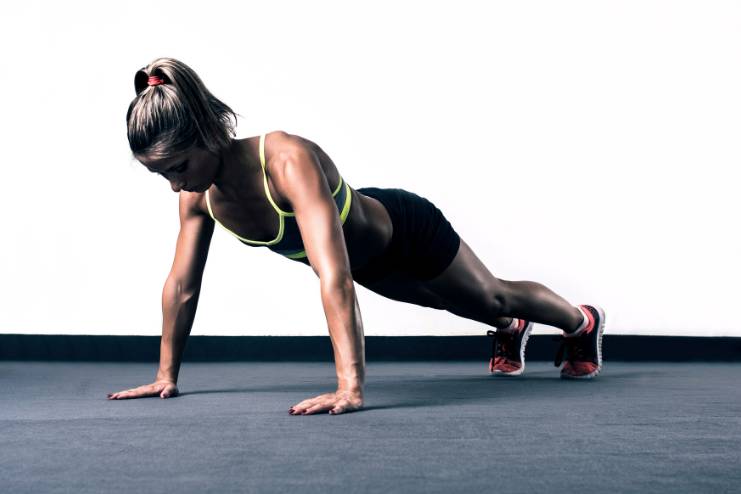
The best forms of exercises that help in building upper body strength are push-ups. The three major parts of the body that benefit from this exercise are the chest, shoulders, and triceps because they produce the necessary amount of push movements. Good push-up form provides great engagement of the chest, shoulders, and triceps while minimizing risks of getting injured.
- Start in a plank position with your hands slightly wider than shoulder-width apart. Your body should form one straight line from head to heels.
- Lower your body by bending your elbows slowly until your chest almost touches the floor. Your elbows should be close to your body.
- Push through your palms to return to the starting position. Your body should be straight.
- Perform 3 sets of 10-12 reps, with a focus on maintaining good form.
Benefits:
Push-ups will help develop the strength of the upper body and core. They help develop muscular endurance and stability by using chest, shoulder, and triceps muscles, along with the abdominal core. They will help keep joints healthy through proper alignment and flexibility in the shoulders and wrists. Besides strengthening the upper body, push-ups also provide cardiovascular exercises.
Exercise 3: Bent-Over Rows
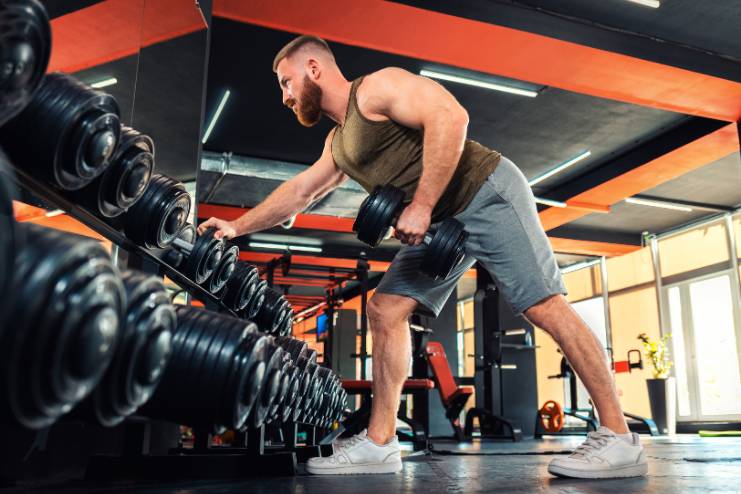
Bent-over rows will target your upper and middle back, biceps, and forearms, allowing a full range of motion for a complete back exercise.
- Stand with feet shoulder-width apart and grasp the barbell or dumbbell with an overhand grip.
- Slightly bend at the knees, then bend forward at your hips, keeping your back straight and your torso almost parallel to the ground.
- Now, pull the weight towards your lower chest while giving a good squeeze to your shoulder blades, and then lower the weight down in a controlled fashion. This should be done at a relatively slow pace to ensure that one is always maintaining proper form in order to avoid potential injury.
- Perform 3 sets of 12-15 reps, making sure to increase the weight as you get stronger.
Benefits:
Bent-over rows build back strength and improve posture. This will give you a well-balanced upper back since it works out your latissimus dorsi, rhomboids, and trapezius. When conducted properly, bent-over rows work the biceps and forearms, thus adding to arm strength. Other than these, it strengthens the core too.
Exercise 4: Lunges
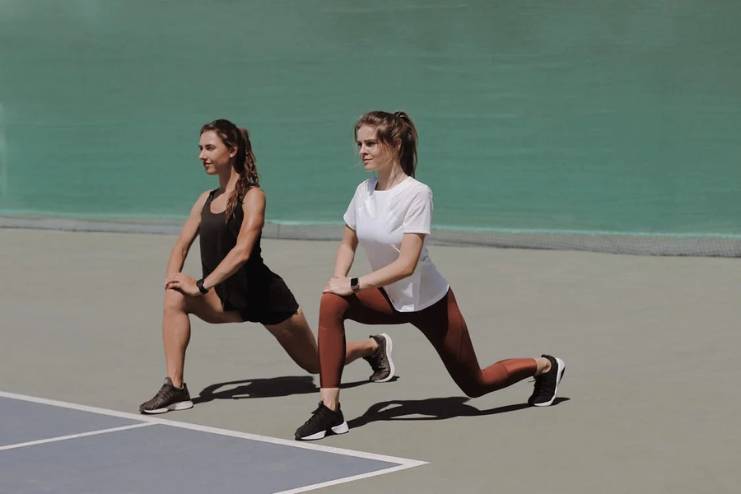
Lunges are great for leg workout. It works the quads and glutes, and works on balance. To do a proper lunge:
- Stand tall, feet hip-width apart.
- Take a big step forward with your right leg and land heel first.
- Lower down your body until the right thigh is parallel to the ground while your left knee is almost touching the floor, but doesn’t touch.
- Press through your right heel to return to the starting position.
- Continue doing the same movement with the left leg.
- Do 3 sets of 12-15 reps per leg.
Benefits:
Lunges strengthen the quadriceps because of its involvement in both the lowering and lifting phases. Gluteus maximus is also involved whenever one pushes back to the initial position. Stability and coordination improves through holding the lunge pose.
Exercise 5: Plank

The plank exercise is one of the simple, yet effective, exercises targeting core strength.
- To perform a plank properly, lie face down with forearms and toes touching the floor. The elbow should be directly below the shoulder, with the forearms pointing forward.
- Draw your navel toward your spine while keeping your torso in a straight and rigid position. It should make your body straight from ear to toe without sagging or bending.
- Keep your shoulders down and your head relaxed, looking at the floor. Keep your heels over the balls of your feet.
- Hold the plank for 30-60 seconds, gradually increasing the time as your core strength
Benefits:
Planks strengthen the abdominal muscles, lower back, and shoulders and improve overall core stability. A strong core facilitates better posture and prevents potential back injuries.
Exercise 6: Dumbbell Shoulder Press
The dumbbell shoulder press is a vital upper-body workout that targets the shoulders and triceps. To perform this exercise:
- Sit on a bench with back support, holding one dumbbell at shoulder height in each hand with palms facing forward.
- Engage your core and press the dumbbells upwards until the arms are fully extended but not locked. Keep your elbow slightly bent at the top.
- Slowly lower the dumbbells to their starting position, still under control.
- Do 3 sets of 10-12 reps.
Benefits:
The dumbbell shoulder press is one of the most effective exercises for building shoulders and for stability in the upper body. The major muscle groups being worked include the deltoids, core, or the essential muscles of the shoulder. This exercise also works the triceps and upper chest muscles. It does improve posture and corrects certain imbalances between the shoulders on the left and right sides.
Cool Down and Stretching
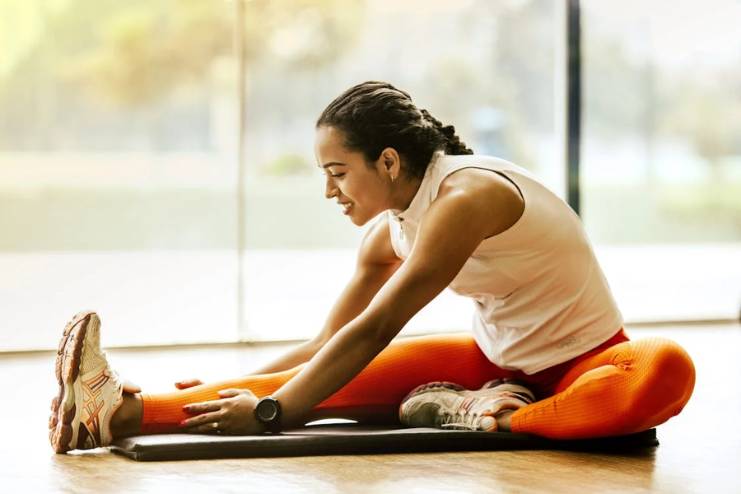
A proper cool-down helps your body make the transition from an exercising to a resting state and helps your muscles recover. Spend 5-10 minutes completing the following static stretching exercises:
- Sit with leg stretch and one leg extended and other at a right angle to your body. Lean forward toward the extended foot, reaching toward your toes. Hold for 20-30 seconds and repeat on the opposite side.
- Stand on one leg, pull your opposite foot toward your glutes. Hold onto your ankle for 20-30 seconds with knees close together. Switch legs.
- Stand in a doorway with arms at shoulder height and lean forward gently to stretch the chest. Hold for 20-30 seconds.
- Bring one arm across your body and press it gently towards your chest with the opposite arm. Hold for 20-30 seconds. Repeat on the other arm.
- Lie on your back with your knees bent. Draw your knees toward your chest, holding for 20-30 seconds.
Benefits:
The important part of any exercise that helps in recovery and prevention from injury is cooling down and stretching. This reduces heart rate and relaxes the muscles after a workout. It also helps in reducing muscle tension and tenderness at the joints after exercising.
Conclusion
Full-body strength training has a number of advantages, which include firmer muscles, better endurance, higher metabolism, and increased fitness motivation. Exercising all the major muscle groups provides balanced strength, enhances functional fitness, and supports overall health. Regular strength training raises physical performance and promotes mental well-being, building confidence.
You can fully reap these benefits when you work out regularly and track your progress. Now is the time to start the journey, celebrate small victories on the way and remember, each session brings you closer to your fitness goals.
References
- https://www.nerdfitness.com/blog/warm-up/
- https://www.health.com/fitness/warm-up
- https://www.nerdfitness.com/blog/strength-training-101-how-to-squat-properly/
- https://www.nerdfitness.com/blog/proper-push-up/
- https://www.nerdfitness.com/blog/the-bent-over-row-the-ultimate-guide-for-dumbbell-and-barbell-row-training/
- https://www.nerdfitness.com/blog/how-to-do-a-lunge/
- https://www.verywellfit.com/the-plank-exercise-3120068
- https://www.muscleandfitness.com/flexonline/training/6-ways-shoulder-press-massive-delts/
In this Article

















